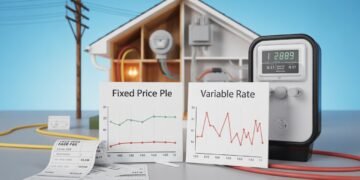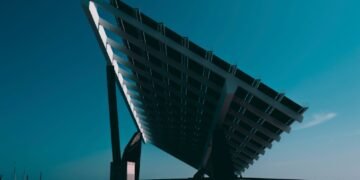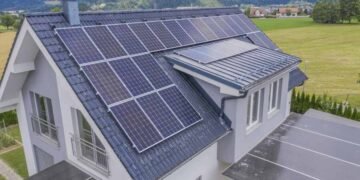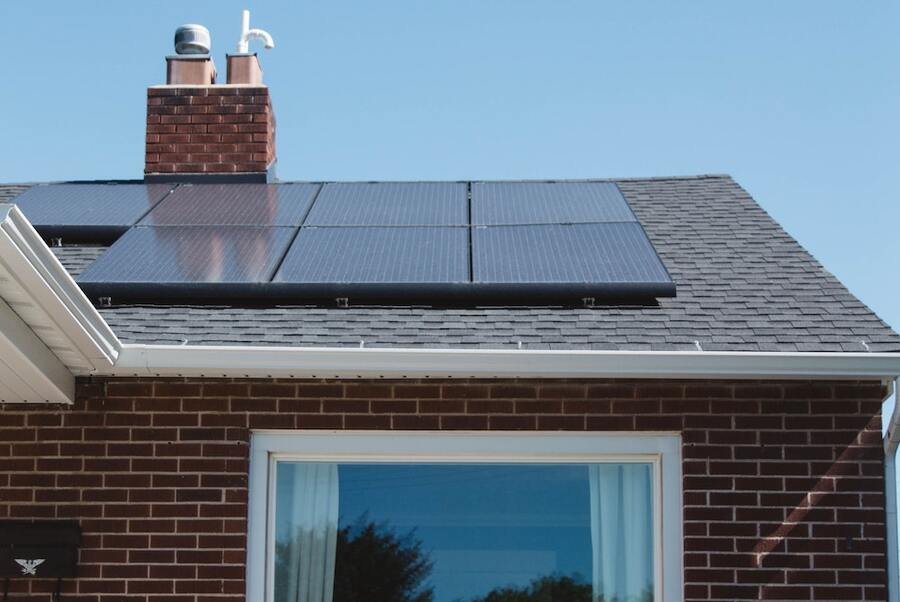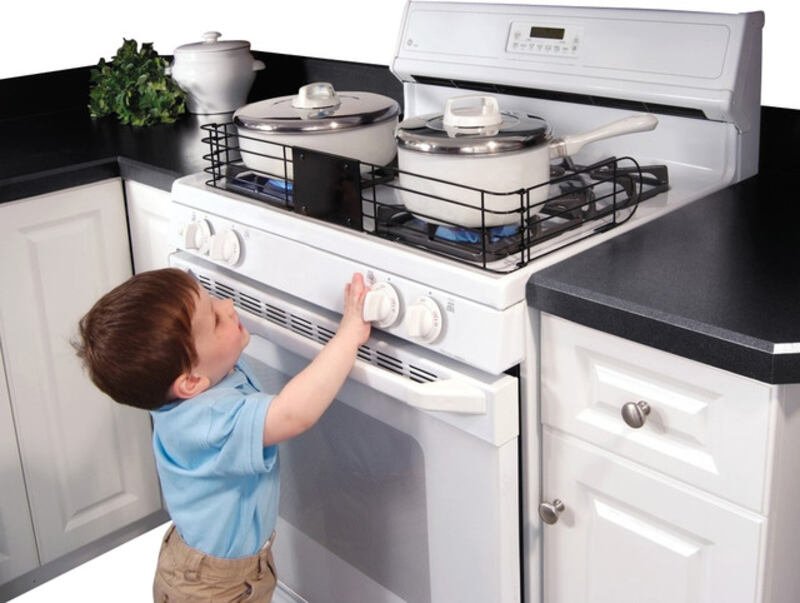A high-quality solar panel may provide power for 25-30 years. Regardless of the weather situation, this is the average lifespan of a solar panel.
Solar panels, like other electronics, may require replacement in various circumstances. However, replacement is the final stage in maintenance, and you should only replace a solar panel if it is severely damaged.
As a solar panel customer, you should be aware of the facts and timelines for solar panel replacement. It will help in keeping the panel productive and obtaining adequate electricity from the solar system.
Even on a hot summer day, an inefficient solar panel will prevent you from getting what you want in electricity from the system. Eventually, even if you do not want to upgrade your solar panels, you will need to repair or replace your solar panels.
Let’s take a look at how you should go about replacing your solar panels, either in order to switch them out for bigger and better models or in order to replace a broken or inefficient solar panel that you no longer want.
How to Maintain Your Solar Panels
Replacing solar panels should be a last resort. Because solar panels have no moving parts, they require little maintenance. However, if you want to lower your solar panel expenses and maintenance over time, you must look after them properly. Here are a few things you can do to keep your panels operational:
We recommend having a professional inspect the system at least once every 5-10 years. At least twice a year, you should take a brief look at them yourself. Check your solar panels from ground level, using binoculars if necessary, for dirt buildup or issues with the mounting system, such as bolts that appear to be loose.
Furthermore, if you see a sudden decrease in the output of your solar panels, this might indicate that something is amiss. Tracking how much energy is generated at the same time each day can help you spot any problems early.
On average, your panels should be cleaned every five years unless they get exceptionally dirty for any reason, such as a major weather incident. If you live near the shore, for example, you may need to clean your panels more frequently since salt might accumulate on them due to sea air.
Cleaning your solar panels with a hose (from ground level) is the most effective method. Be cautious when using detergent and high-pressure water sprayers since these might void your guarantee.
In the summer, you may clean any dust or pollen from your panels; however, in the winter, you should keep an eye out for any snow or debris.
Any overhanging branches that pose a hazard to the panels, such as falling branches, should be removed. You should also keep any pests away from your panels, such as squirrels or pigeons. The easiest method to accomplish this is to use mesh netting to protect your solar panels from birds.
If your panels are not exposed to sunshine, their energy production will suffer. Keep any neighboring trees clipped, and keep ivy away from your panels.
Removing Your Old Solar Panels
If maintenance and repair just are not getting your energy generation back up to where you want it to be, it might be time to replace them. The first step in that process is removing your old, broken solar panels.
That means hiring the services of professionals such as Skylamp solar panel removal, who can ensure that the old panels are removed without any risk at all and can dispose of them in a safe and environmentally responsible manner. Once you have done that, you can start the process of installing new solar panels.
Replacing Individual Panels
If problems such as microcracks or snail tracks have reduced the output of individual panels, you may choose to replace them. The availability of alternatives is the first difficulty that might occur while replacing panels. The manufacturer may not have a model of the earlier panels in store, or it may have gone out of business completely.
Similar panels may sometimes be used, but you still need to match a variety of electrical specifications, including the wattage, number of cells, and physical dimensions, to fit into the array of the new panels with the old ones, which can be a tall order.
Furthermore, regulations and criteria such as fire ratings, groundings, and cable housings for panel specifications have changed over time, which means that while you may still use your system in its original form, updates may cause difficulties.
Finally, if your current installer is not the same as the one who installed your original system, they may be hesitant to replace panels on your existing system since they cannot guarantee the quality of the original installation.
Replacing the Whole System
If your system is reaching the end of its life cycle, which means that there are no particular faults with individual elements other than the degeneration of the overall system, replacing it may be your best option.
There are some significant advantages to this. You should see a big increase in power output. Because new panels create more electricity more effectively than old ones, your new system will produce more energy than your earlier system, even if it was brand new. Over the previous decade, panel costs have plummeted while power output has increased dramatically, with typical power outputs currently ranging from 250 to 400 watts.
However, replacing your entire system is usually significantly more expensive than it would be to just replace a few individual parts. It is a much larger undertaking for your installer, and including the costs of removing the old system, it may actually come to a higher cost than installing a full new system on a home that has not had an older system installed.
Conclusion
Home solar systems have been around for a long time, powering houses around the country with clean, sustainable energy. If you were an early adopter, your system is probably getting on in years.
Although solar panels have an average lifespan of 25 to 30 years, you may experience certain flaws, ordinary wear and tear, or a decline in power generation due to age with an older system. If your solar system is no longer providing enough electricity for you, upgrading your older solar panels may be a smart idea.
Recommended Posts:


